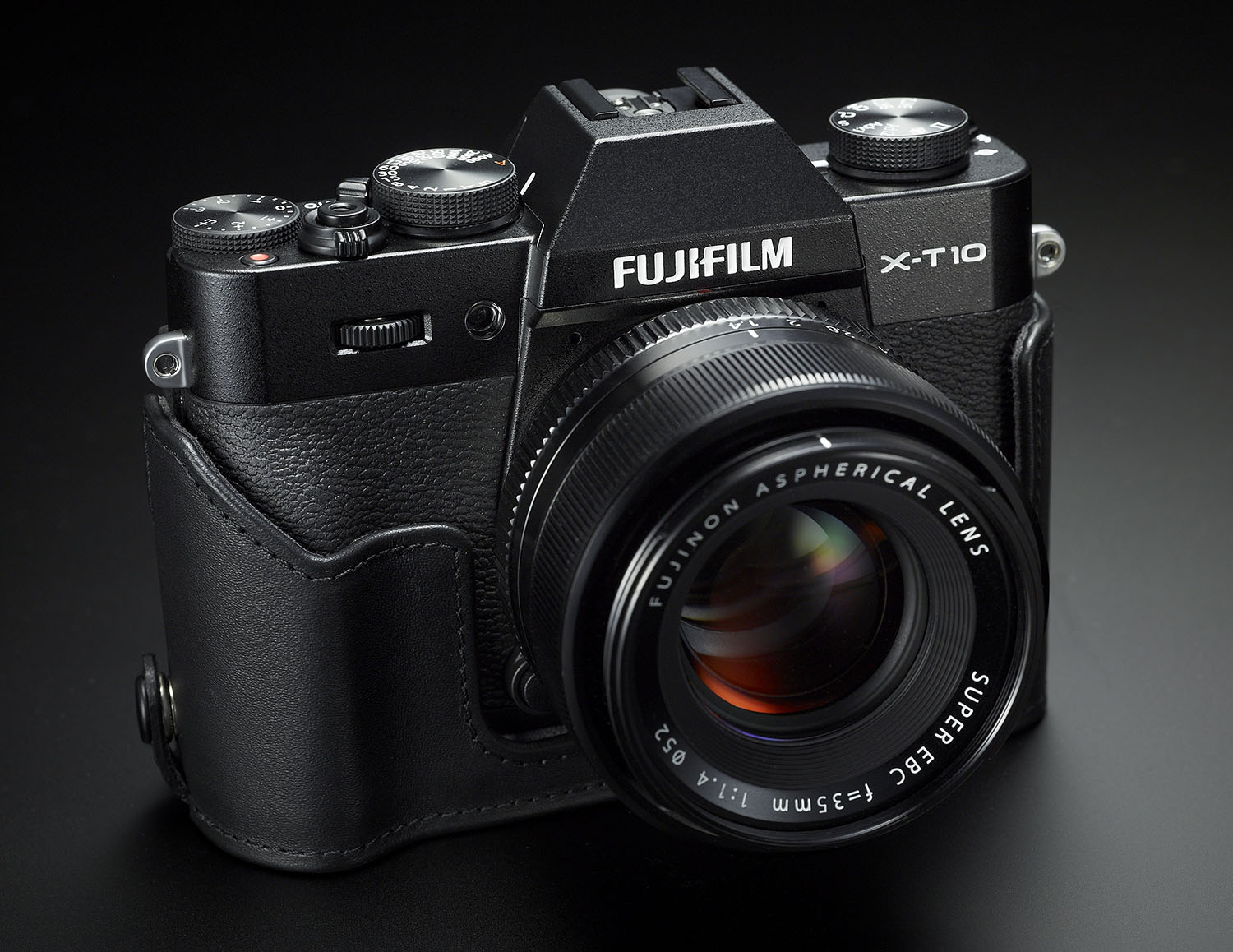It’s an interesting bit of kit if you don’t want to be fumbling with the ISO dial on your X-T1. I’ll probably fund it just because it’s cool, and I’d like to see more stuff like this for Fujifilm gear, but I don’t know how much I would use it. Fujifilm cameras have taught me to embrace things the camera can decide for me a little more. I was an ISO holdout for years—always feeling I needed to control it—while being strictly an Aperture Priority shooter. Now I find I’m either in Aperture Priority with everything else set to auto, or full manual. However, when shooting manually, it’s always during very precise, carefully considered shooting. I’m almost never so desperate to change my ISO that holding the button would be an irritant whereas having my ISO changed inadvertently would be.
To sum up, it’s great stuff like this is available, but I think Fujifilm got their dial locking as “right” as they possibly could have. Nikon, on the other hand...

















